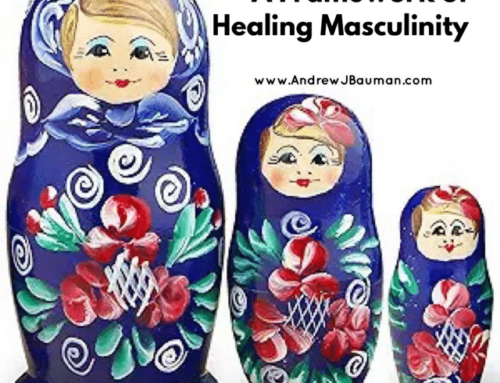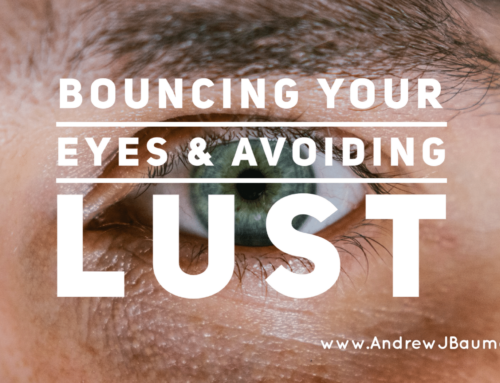Inviting people into their suffering is part of my job description. Yet folks don’t come to see me unless they are already in a great deal of pain. Many times, their suffering is because of what someone did to them without their consent, and other times, their misery is self-induced. Sometimes, my job can seem exceptionally cruel, sprinkled with a bit of madness, but understanding “the way out of suffering is through suffering” is foundational to the integrity of healing work.
Yet, I have found that defining the different types of suffering helps me understand the journey toward healing and liberation.
The journey towards freedom is one of facing ALL that scares you. What frightens you about your life? Your story? It may be your upbringing. Maybe it is because your mother was jealous of your father’s delight in you; thus, you grew up under your mother’s constant envy of your goodness and glory. Maybe facing what scares you most is telling the truth of how your father’s gaze not only didn’t feel good but felt like he objectified you. It may be telling the truth of an old story when you were a child “playing” doctor with your older cousin, and something felt “off” about the scene, but you have thrown it out of your memory and dismissed it as “kids being kids.” These stories matter and shape our life’s foundations without our conscious awareness.
I remember early in my career, I was facilitating a sexual abuse workshop with Dr. Dan Allender, and we were supposed to write our own stories of trauma to read and process with our group on day one to model vulnerability. I scrolled through my mental Rolodex of stories only to find one involving my father I wasn’t expecting to see. I immediately felt sick to my stomach. “But that was 20-plus years ago”, I thought, “I am sure it didn’t happen like that, did it?” My mental gymnastics began trying to make sense of a scene I had blocked out of my memory for over two decades. According to psychiatrist and trauma researcher Bessel van der Kolk, trauma is experienced “as a reaction rather than as a memory.” Trauma can cause a break in the brain’s memory system (smaller hippocampus, increased amygdala function, and decreased medial prefrontal/anterior function), which prevents traumatic memories from being stored properly (1). Instead, the brain records the event using a more straightforward method, such as pictures or bodily sensations and splits the memory into fragments. These fragments can act like shrapnel, hindering the brain’s natural recovery process. So, instead of judging my lack of memory, I freed myself to write how it may have happened since an exact picture would be impossible to paint. So, I became an abstract painter with my story. I freed myself up to write about a scene my body remembered more than my mind. Writing the story opened me up to feel and grieve. To grieve that after that abuse (I wrote about the traumatic scene in my book, The Sexually Healthy Man), I no longer felt safe to be alone in my father’s presence. I grieved that I didn’t feel safe telling anybody in authority (my mom, teachers, pastors) what had happened. I felt the best course of action was for me to stay silent and make vows never to trust my father again. Freely writing this horrific event was an invitation to redemptive suffering.
Redemptive suffering is a needed suffering. Redemptive suffering reminds me of humus (not to be confused with the yummy chickpea dip “hummus”). Humus is the dark organic vegetable, plant, and animal matter that, over time, decays and forms a rich, fertile soil for plants to grow and flourish. The idea is that if we are intentional with the suffering in our lives and allow it to break us down, bring us to our knees, and force us to face our death, it is what creates the capacity for new life and growth (this is the redemptive part of the suffering) and gives me hope when I face such heartbreak. Humus is also the Latin word for “earth” or “ground”. Redemptive suffering is the invitation to ground us, help us be more centered and whole, it is a call towards resurrection, but only after you have honored the pain of the crucifixion.
I needed to face this story with my father despite barely remembering it. I needed to feel the weight of this story fully so it no longer ruled me from behind the scenes of my life. Trauma that is not unaddressed will continue to be reacted to in our present-day lives and relationships. We must stop the cycle that trauma inevitably attempts to repeat. I don’t know precisely how the tremors of this story were showing up in my present-day relationships besides the low-hanging fruit of teaching me to distrust most relationships, which I am sure stemmed from being betrayed by someone so close to me. But these stories impact us more than we realize; we must not run from redemptive suffering.
In conclusion, to break the cycle of trauma and embrace redemptive suffering as a doorway towards wholeness and life, we must continue to confront our past and allow ourselves to feel the total weight of our stories so we can move towards healing and liberation.
References
- “How Trauma Is Stored in the Body | D’Amore Mental Health.” D\’Amore Mental Health. November 21, 2022. https://damorementalhealth.com/resources/how-trauma-is-stored-in-the-body/#3.






